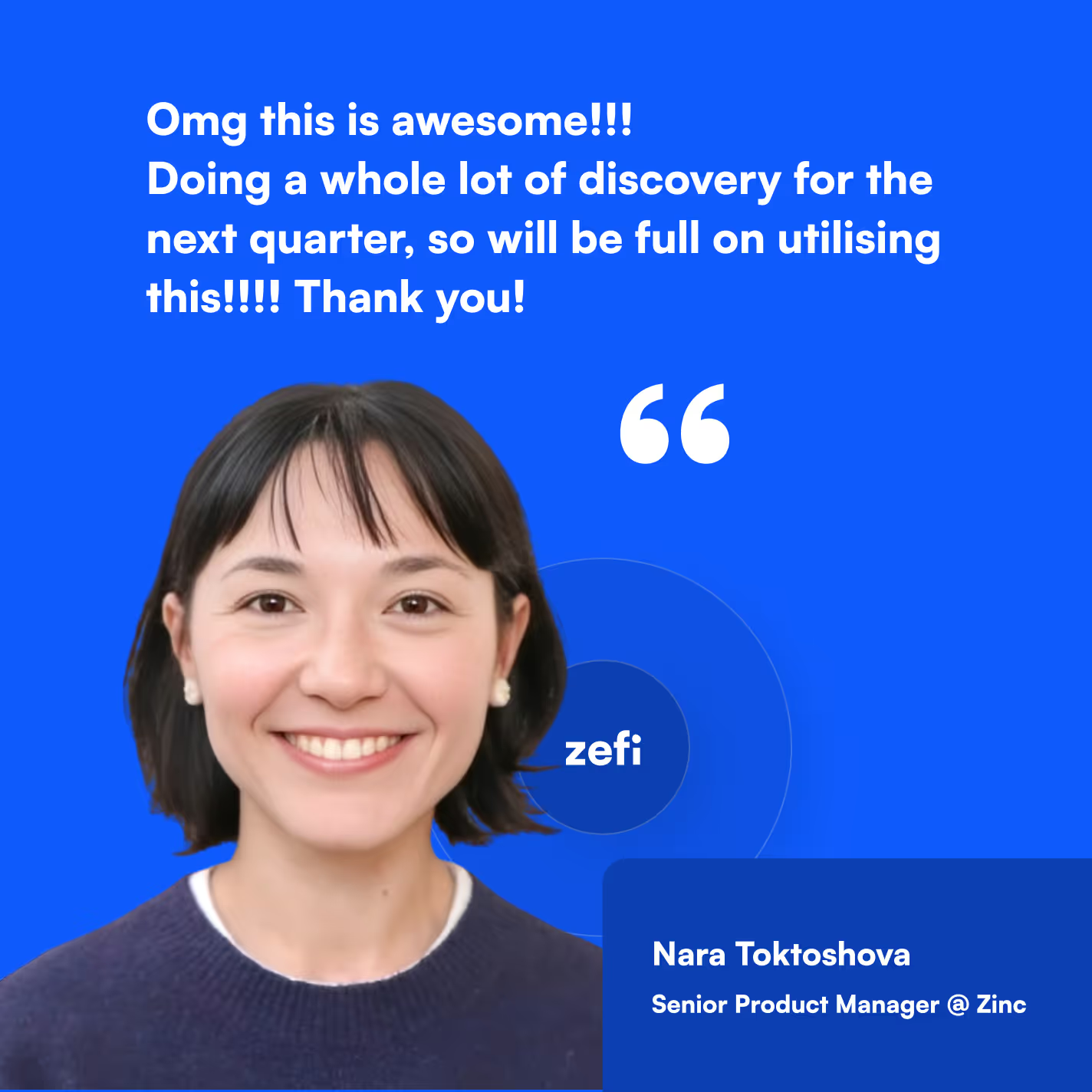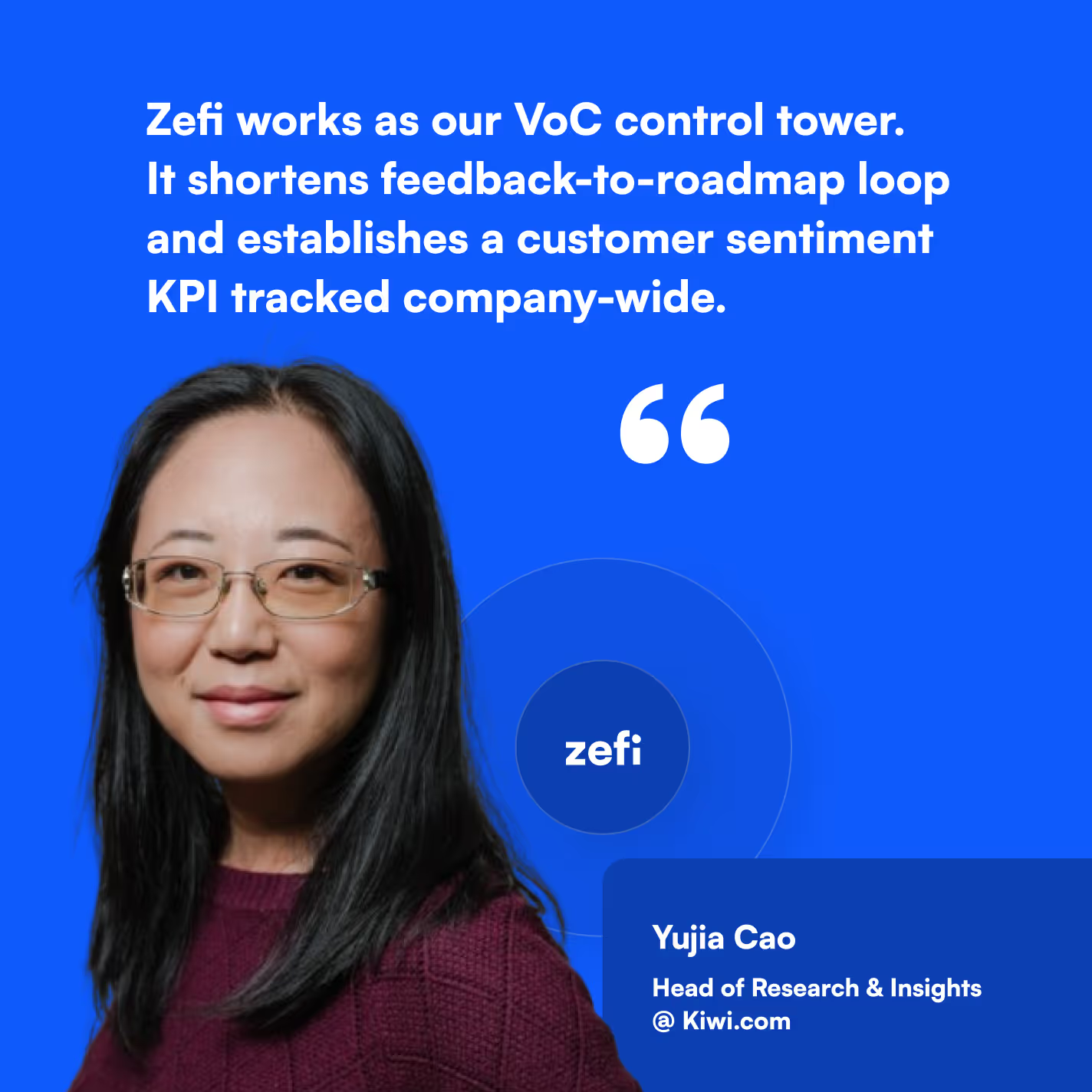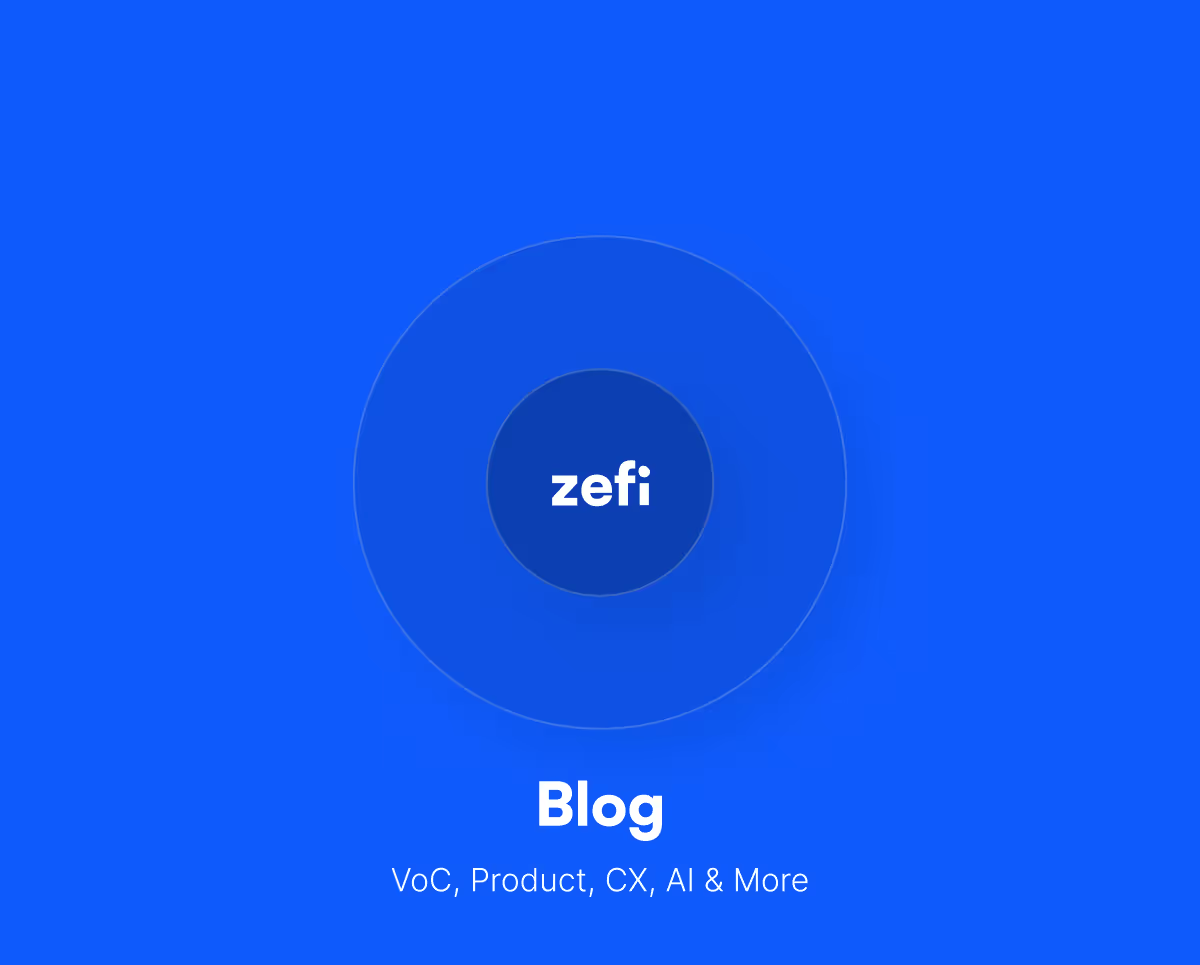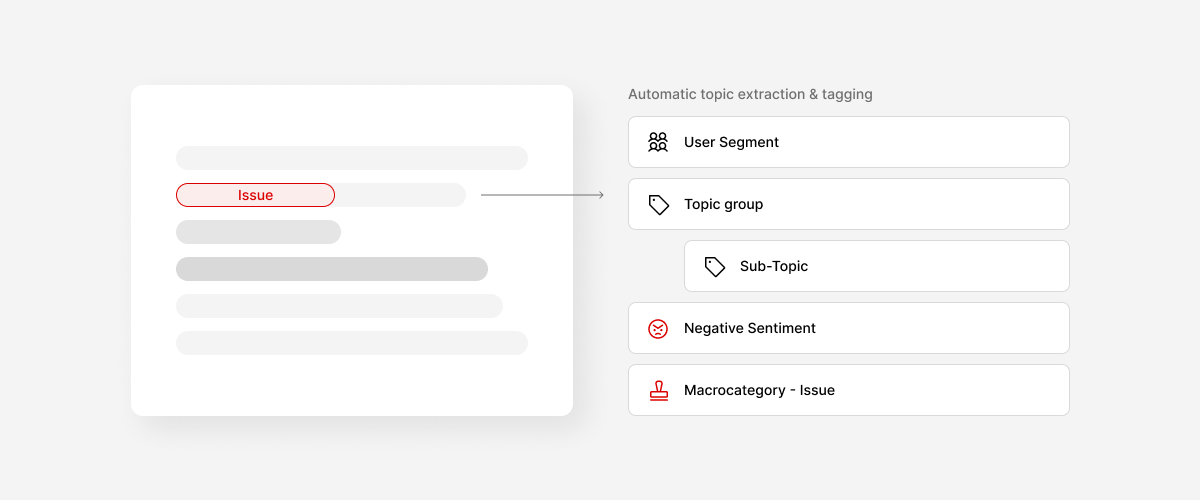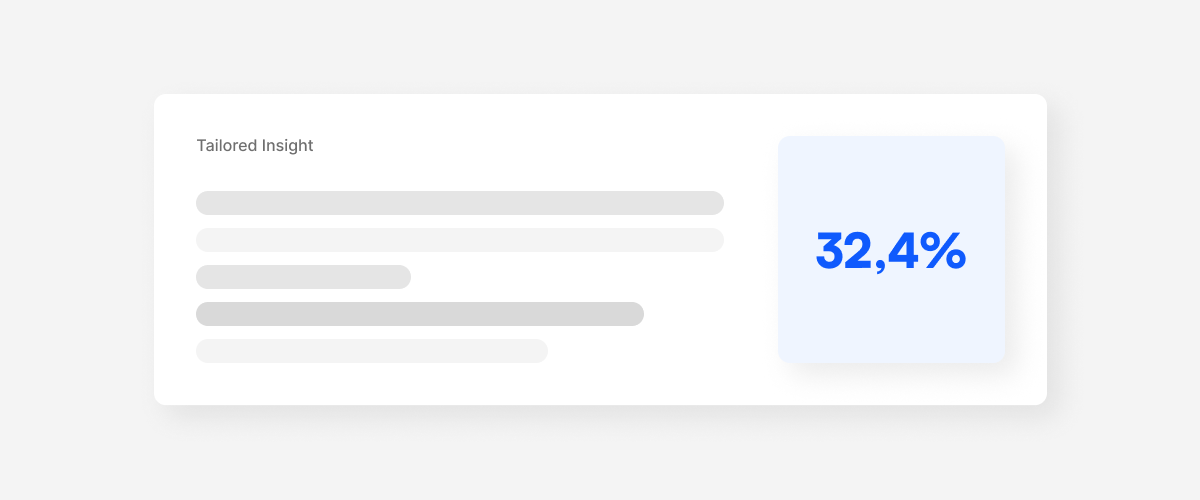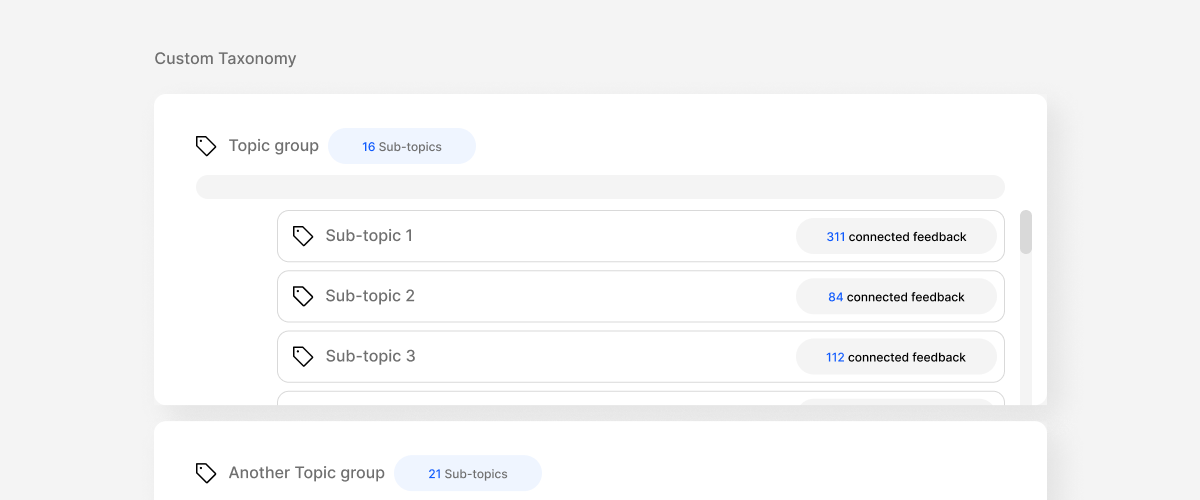Product-led growth is a term that has been gaining popularity in recent years, as more and more companies are realizing the power of putting their product at the center of their growth strategy. But what is product-led growth, and how can you leverage it to accelerate your business? In this article, we'll dive deep into the concept of product-led growth and explore its key benefits, challenges, and best practices.
What is Product-Led Growth (PLG)?
At its core, product-led growth is a growth strategy that focuses on the product itself as the primary driver of customer acquisition, retention, and expansion. In a product-led growth model, the product is designed to be easy to adopt, easy to use, and easy to scale, with the goal of driving organic growth through customer satisfaction, referrals, and viral adoption.
Product-led growth is based on the idea that in today's digital economy, customers have more power and choice than ever before. They expect products to be easy to use, intuitive, and accessible, and they're not willing to invest a lot of time or effort to learn how to use a new product. As a result, companies that adopt a product-led growth strategy are better positioned to succeed in a crowded market by delivering value quickly and consistently, which ultimately leads to higher customer satisfaction, retention, and lifetime value.
Key Benefits of Product-Led Growth
Product-led growth offers several key benefits that make it an attractive growth strategy for businesses of all sizes and industries:
- Faster Time to Value:
By focusing on delivering value through the product itself, companies can reduce the time it takes for customers to achieve their desired outcomes, which leads to faster time to value and higher satisfaction.
- Increased Customer Retention:
Product-led growth models typically result in higher customer retention rates, as customers who achieve success with a product are more likely to stick around and expand their usage over time.
- Lower Customer Acquisition Costs:
Product-led growth can help companies reduce their customer acquisition costs by leveraging existing users to drive referrals and viral adoption.
- Increased Customer Lifetime Value:
By delivering ongoing value through the product and encouraging customers to expand their usage over time, product-led growth models can lead to higher customer lifetime value and revenue growth.
Key Challenges of Product-Led Growth
While product-led growth offers many benefits, it also comes with some key challenges that companies need to be aware of:
- High Initial Investment:
Building a product that is easy to adopt, easy to use, and easy to scale requires significant investment in product development, user experience design, and customer support.
- Risk of Cannibalization:
Product-led growth models can cannibalize existing revenue streams, particularly for companies that rely on high-touch sales or consulting services.
- Need for Data-Driven Insights:
To optimize a product-led growth strategy, companies need to have access to data-driven insights on user behavior, usage patterns, and customer feedback.
- Need for Continuous Iteration:
Product-led growth is a continuous process that requires ongoing iteration and improvement, which can be resource-intensive and time-consuming.
Best Practices for Product-Led Growth
To successfully implement a product-led growth strategy, companies need to follow a set of best practices that include:
- Focus on Customer Success:
Make sure your product is designed to help customers achieve their desired outcomes quickly and easily.
- Design for Self-Service:
Create a product that is easy to adopt, easy to use, and easy to scale, without the need for high-touch sales or consulting services.
- Leverage Data-Driven Insights:
Use data to inform your product development decisions, measure user engagement and satisfaction, and identify areas for improvement.
- Encourage Viral Adoption:
Build features that encourage users to invite others to try your product and share their success stories.
- Continuously Iterate an improve
Product-led growth is not a one-time activity. It's an ongoing process of continuous improvement.
You need to constantly analyze your product usage data and customer feedback to identify opportunities for improvement and optimization. You should be testing and experimenting with new features, user flows, and messaging to find ways to improve your product's user experience and drive more adoption and growth.
In addition, you should always be listening to your customers and incorporating their feedback into your product roadmap. Make sure you have a system in place for capturing and organizing customer feedback, and regularly review this feedback with your product team to identify patterns and themes.
Conclusion
Product-led growth is a powerful approach to building a successful and sustainable business. By focusing on creating a great product that solves a real problem for your customers, you can drive adoption and growth through word-of-mouth and viral marketing. By leveraging the principles of product-led growth, you can create a virtuous cycle of user acquisition, engagement, and retention that fuels your business's growth over time.
To succeed with product-led growth, you need to have a deep understanding of your customers, a laser focus on creating a great product experience, and a commitment to continuous improvement and iteration. By following these principles, you can build a product-led organization that drives sustainable growth and delivers value to your customers for years to come.












